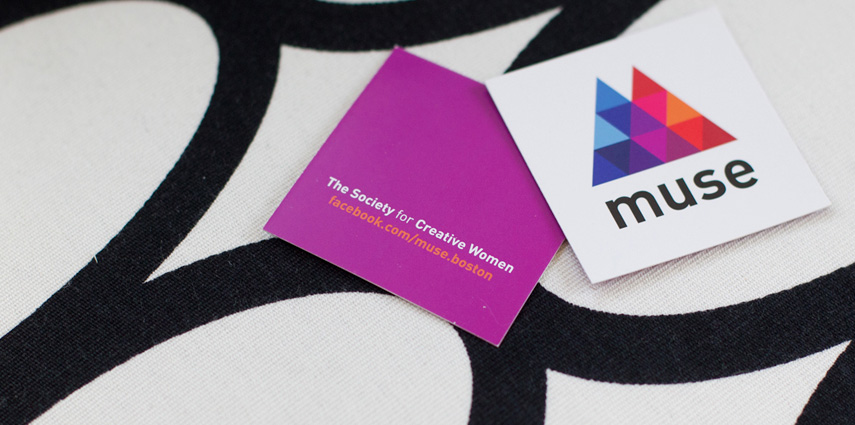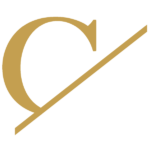Staring at a blank piece of paper? Follow these great tips and find logo design inspiration for your next piece of work.
[br] You’ve just taken a new brief from a new client and now you’re sitting at your desk waiting for inspiration to strike. But do you really expect the perfect logo design to pop up, fully formed, in your mind? Believe me, it could be a long wait.
Instead, it’s up to you to seek out logo design inspiration. If you let a wide variety of ideas collide inside your brain, gradually they should coalesce into the logo you’re looking for. The trick? Knowing where to look for inspiration in the first place.
Beyond the obvious
Cast your net far and wide. Don’t just look at the top 20 best logos ever, or you’ll end up with something derivative. Certainly, look at other people’s logo designs, but also look beyond that, at design in general and the wider world. Whenever you see something that stands out or appeals to you, for whatever reason, file that thought; let it inform your design process and contribute as your new logo starts to evolve.
Below are some suggestions of places where you might look for logo design inspiration – but remember this can never be an exhaustive list because inspiration can come from anything, anywhere…
01. Online design sites
Don’t just visit logo galleries but more general design sites like Dribbble. The obvious ones are sites like Logo Gala and Logo Moose, but if you’re a full-time logo designer you’ll probably be familiar with them already. Widen your research to include other graphic design sites, and art and design sites in general, like Dribbble or Deviant Art. Explore further down the results pages to visit sites you haven’t seen before and also narrow your search to put the spotlight on logos in the same industry or belonging to companies of similar size, aspirations and values.
02. Plunder your client’s history
Check out all the various logos your client has employed since their company was founded. This can be particularly interesting if they go back for many decades. You may be able to hark back to the past, if they would like to position themselves as a heritage brand, or you might be able to radically overhaul their original logo into something fresh and futuristic. This has the advantage of built-in continuity even as you present a new image.
03. Explore your client’s future
Discuss with your client their plans for the future – what do they a envisage for the next 12 months or the next five years? Are there changes of direction imminent or new products coming on stream that could have some bearing on the logo you design. You need to future-proof the logo because businesses do change over time. Take, for example, Carphone Warehouse: no one buys ‘carphones’ any more so should they lose a highly successful brand that has taken years to build by changing their name for something more appropriate?
04. Phone a friend
While it makes perfect sense to get as much information as you can from the client, sometimes there’s nothing quite so helpful as a fresh pair of eyes. If you have some ideas worked up, take them to a friend who has absolutely no connection to the project, and see what they think. Often someone’s untainted opinion can be just what you need to fire the imagination.
05. Mind mapping and mood boards
These sorts of tools can help you straighten out your thoughts and mix up different images and ideas. Play with keywords and synonyms and gather a multitude of inspirations from different sources onto a single mood board to see how they combine.
06. Trawl through your own archives
It’s probably a fair guess that for every logo you design you probably come up with a couple of dozen sketches before you decide which one to develop further. Never throw away these early ideas; they form a valuable resource. Just because one of your early sketches didn’t work for another client, it doesn’t mean it won’t work at all. Go back through what you’ve done and you may find the seed that, with a bit of nurturing, could grow to become the logo you’re looking for.
07. Blast your brain with random images
Scroll through Google Images and Pinterest on both related and unrelated subjects. Add the results to your mood board. Pick a colour here, a shape there, a word, a typeface… then see how could work together.
08. Stay receptive
At the end of the day, inspiration can strike anywhere, any time. Be receptive to the ideas that flow through your mind. Sketch something as it comes to you and then revisit it later to see how it might work within the parameters of your brief. At these early stages of the design process you need to allow your creativity full rein. Give yourself plenty of ideas to work with and then take the best elements from each and discard the rest.
09. Do something else
If you’ve tried everything and simply nothing’s coming up, don’t try and force it. Take a break and let your brain get on with things. Go and see a film, play some video games, cook a nice meal or just have a lovely nap; it’s amazing how just getting away from the problem at hand and thinking about something else can result in a sudden flash of exactly the right kind of inspiration.
As mention at the start of this article, there’s no point waiting for inspiration to hit. The more you search it out, the easier you’ll find it. You’ll develop an eye what works and what doesn’t, and how you can apply this to your own nascent designs.
When it comes to inspiration, it’s all out there. Just go and help yourself.
Words: Martin Christie and Creative Bloq staff
Logo Design London is a quality logo design agency specializing in logos, branding, stationery, printing, photography and website design. Having many years in the industry, Logo Design London’s creative director Martin Christie often likes to share his graphic design experience with design enthusiasts and professionals. For more information, visit the Logo Design London website and blog.

